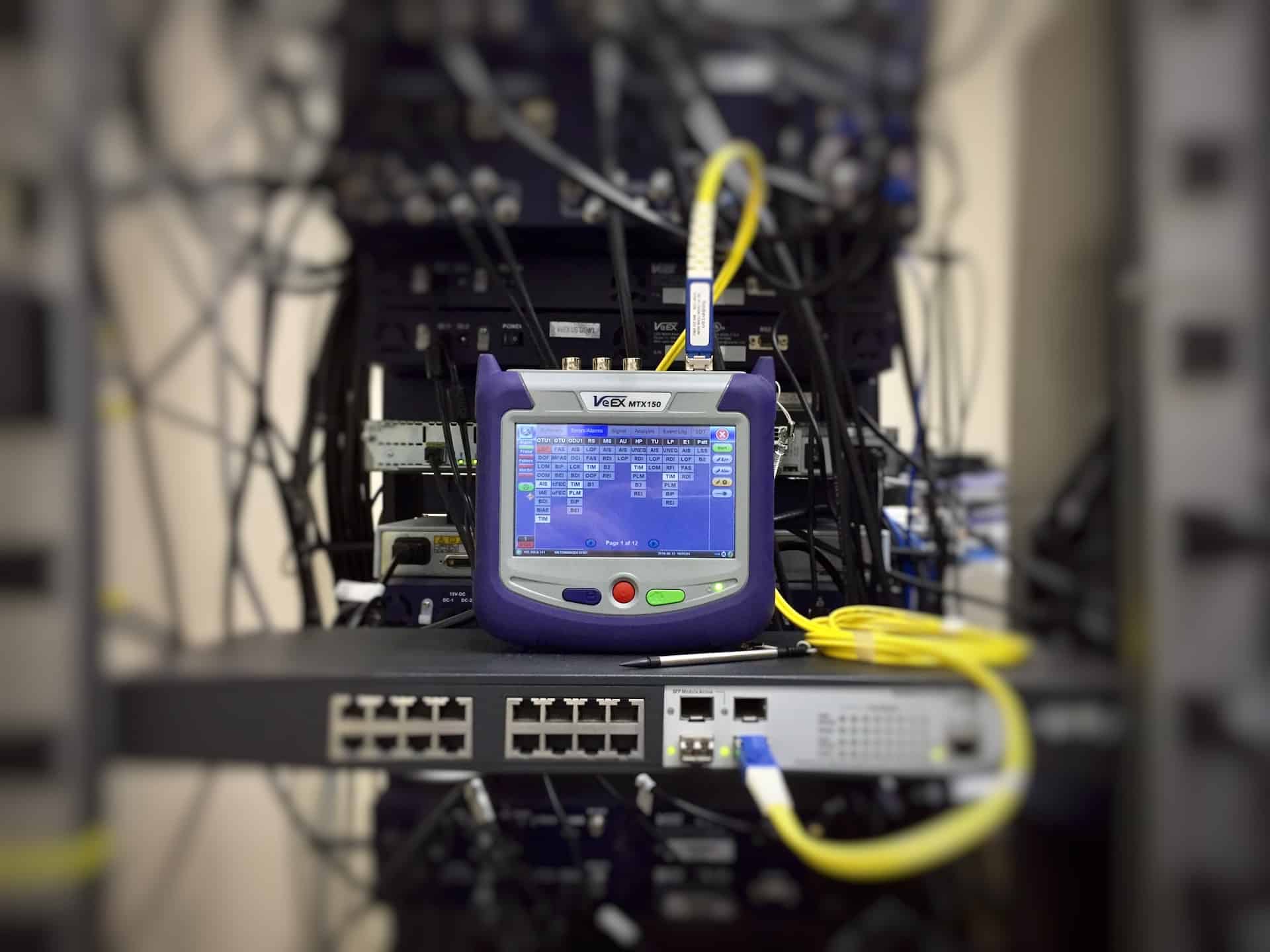Exploring the Conveniences of Optical Fiber Evaluating for Enhanced Communication Systems
The value of optical fiber testing in contemporary interaction systems can not be overstated, as it offers as a foundation for making certain network dependability and efficiency. This proactive screening approach has profound effects for signal quality and functional efficiency, elevating the question of exactly how these practices add to lasting sustainability in an ever-evolving technological landscape.
Value of Optical Fiber Testing
The value of optical fiber screening can not be overstated in today's data-driven environment. As companies progressively depend on high-speed information transmission for everyday procedures, the honesty and performance of optical fibre networks are vital. Testing guarantees that these networks can sustain the substantial quantities of information generated and transmitted effortlessly, cultivating reliable interaction and connection.
Optical fiber screening serves numerous critical functions, consisting of verifying installation quality, identifying prospective mistakes, and identifying general system performance. Routine testing can stop expensive downtimes and service interruptions, enabling organizations to preserve operational continuity. Furthermore, it helps in conformity with market requirements and policies, guaranteeing that fibre optic installations fulfill required requirements for security and reliability.
In addition, screening can improve the longevity of fibre optic systems. By proactively determining problems such as signal loss, depletion, or connector failings, companies can deal with problems prior to they escalate, therefore prolonging the life of their framework. In summary, optical fibre screening is not merely a technical demand yet a critical financial investment that improves network integrity, maximizes performance, and inevitably sustains the growth and effectiveness of contemporary interaction systems.
Secret Testing Approaches

OTDR is a crucial strategy utilized to recognize mistakes, procedure splice losses, and analyze the total honesty of a fiber optic web link. By sending a pulse of light down the fiber and evaluating the reflected light, specialists can determine areas of faults and evaluate the network's efficiency over cross countries.
Insertion loss testing measures the amount of signal loss that occurs when light travel through a connection or splice. This approach is critical for verifying that connections fulfill specified loss thresholds, which is vital for preserving ideal performance in interaction systems.
Optical return loss testing evaluates the amount of light reflected back in the direction of the source as a result of blemishes in the fiber or links. High return More Help loss worths show better performance and minimized signal deterioration.
Together, these screening methods offer a thorough analysis of fiber optic networks, guaranteeing their dependability and functionality in varied communication applications.
Effect on System Performance
Efficient optical fiber testing directly affects the overall performance of communication systems. By ensuring the honesty of fibre optic cable televisions, screening identifies prospective mistakes such as attenuation, splice loss, and adapter imbalance. These issues can considerably weaken signal top quality, resulting in disturbances and reduced information transmission speeds.

Moreover, regular optical fiber testing adds to long-term system sustainability. It makes it possible for early discovery of wear and tear, enabling timely upkeep and upgrades before major failings occur. This not just prolongs the life expectancy of the infrastructure however additionally guarantees that interaction systems remain affordable in regards to performance.
Cost-Effectiveness and Performance
Cost-effectiveness is an essential factor to consider in the deployment and maintenance of optical fiber networks. Carrying out durable optical fibre testing treatments can significantly weblink minimize functional costs by determining concerns prior to they escalate into significant troubles. optical fibre testing equipment. By detecting faults, depletion, and other efficiency obstacles early, companies can stay clear of costly repair work and downtime, which can interrupt solutions and bring about income loss
In addition, efficient screening methods enhance the installation process, permitting service technicians to work better. This converts to reduce labour prices and faster job completion times. Advanced screening devices, such as Optical Time Domain Reflectometers (OTDRs), makes it possible for an exact evaluation of fibre quality, making certain that only optimal products are used, therefore lessening waste.
Regular screening likewise adds to much better resource appropriation. By comprehending the network's performance, organizations can make educated decisions concerning upgrades and growths, ensuring that financial investments are made where they are most needed. In recap, optical fibre screening enhances cost-effectiveness and effectiveness, sustaining the long-lasting sustainability and competition of communication systems in an increasingly requiring market.
Making Certain Long-Term Integrity
Carrying out extensive optical fiber testing not just boosts expense financial savings and operational effectiveness yet also plays an essential duty in guaranteeing the long-lasting reliability of communication networks. Constant screening practices, including depletion and transmission capacity assessments, assistance recognize potential deterioration in fiber efficiency prior to it leads to service disruptions.
By utilizing innovative testing approaches, network drivers can determine mistakes or weak points in the fibre infrastructure, permitting prompt removal. This aggressive approach minimizes downtime, guaranteeing that communication systems stay useful and reliable. Normal screening adds to the development of a more resilient network, as operators can adapt and maximize their framework based on real-time information understandings.
Furthermore, making sure conformity with market requirements through optical fibre screening enhances the high quality and stability of the entire communication system. This adherence not just strengthens self-confidence among stakeholders but also straightens with governing demands, which are progressively stringent.
Conclusion
Finally, optical fiber testing works as a basic Going Here element in improving communication systems. By employing various screening techniques, such as OTDR and insertion loss assessments, networks can attain optimum performance and reliability. The aggressive identification of mistakes not just improves signal top quality however also lowers downtime, eventually contributing to cost-effectiveness and functional effectiveness. Adherence to industry requirements fosters stakeholder self-confidence, ensuring the long-lasting sustainability of communication facilities in an increasingly data-driven landscape.